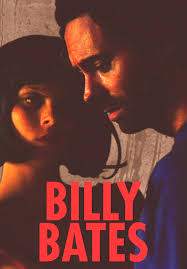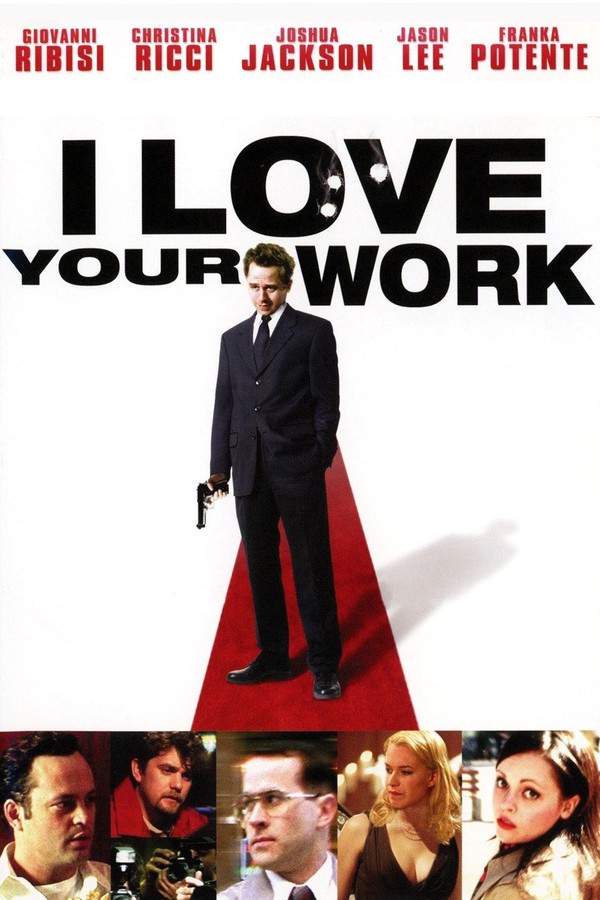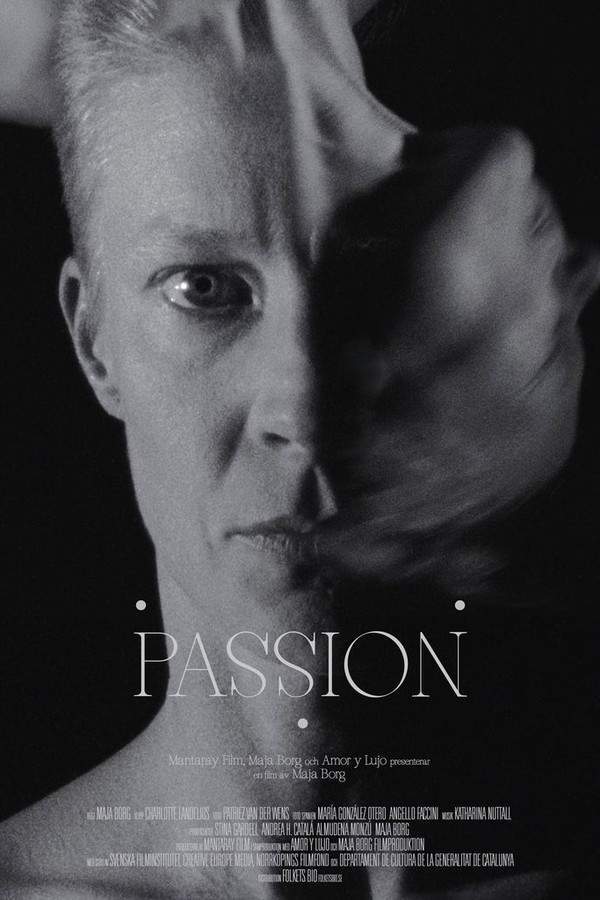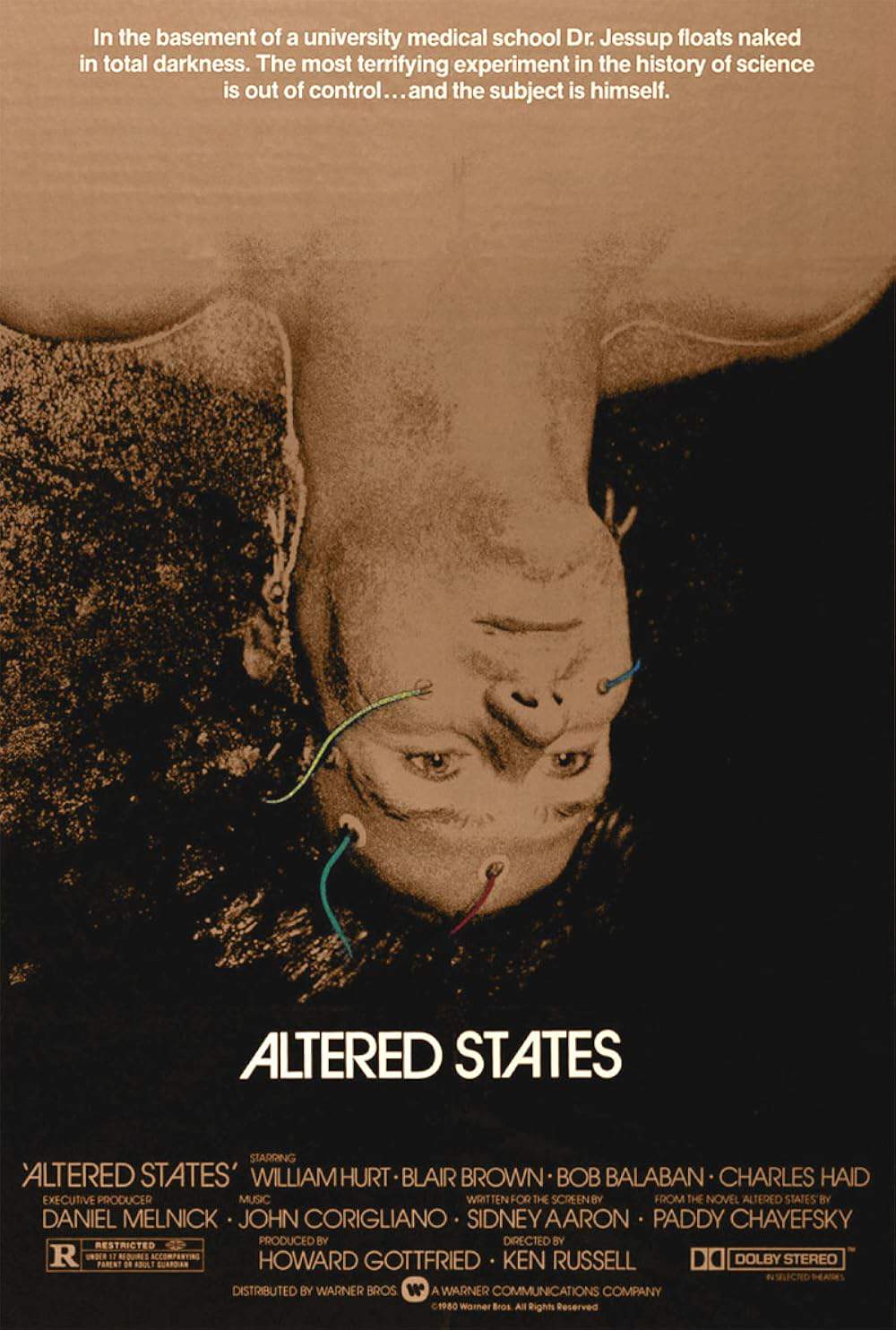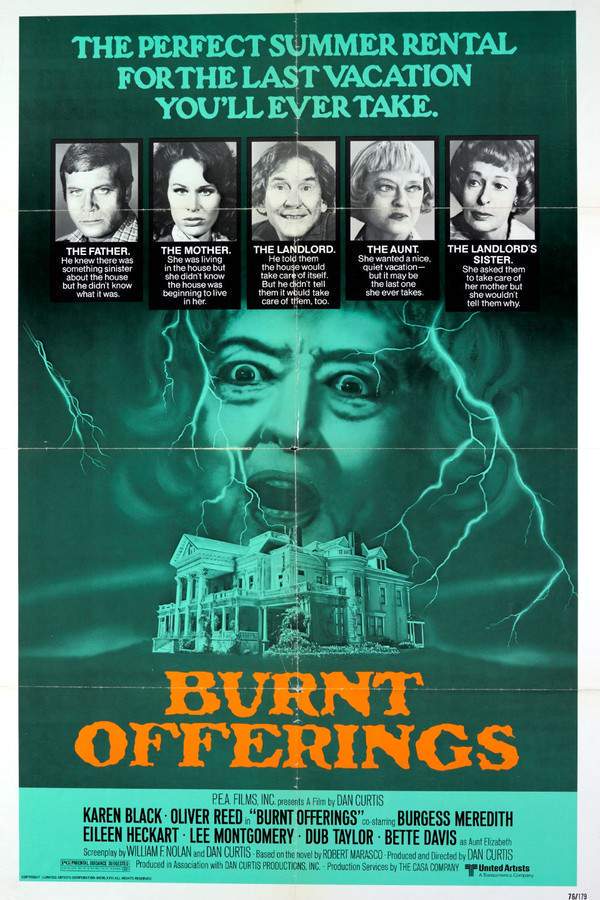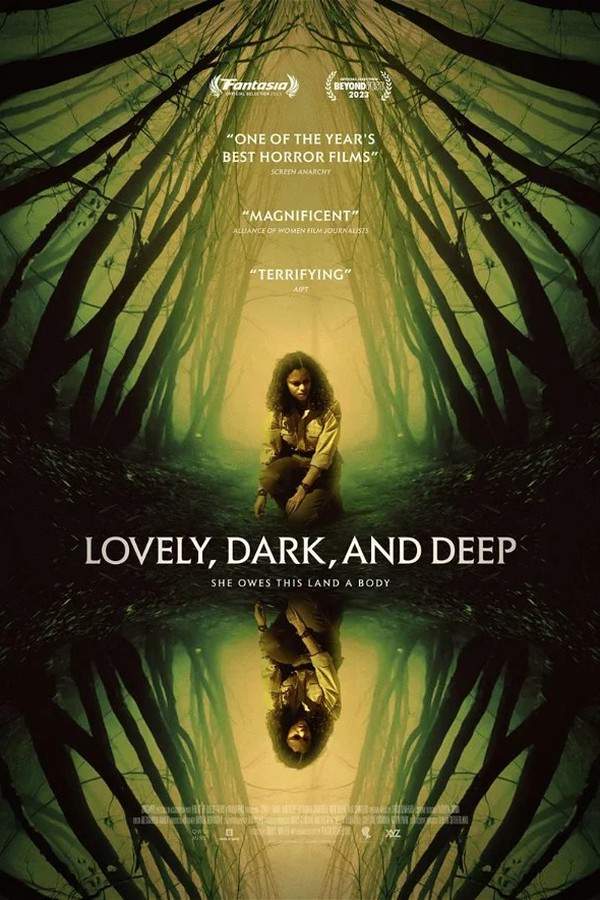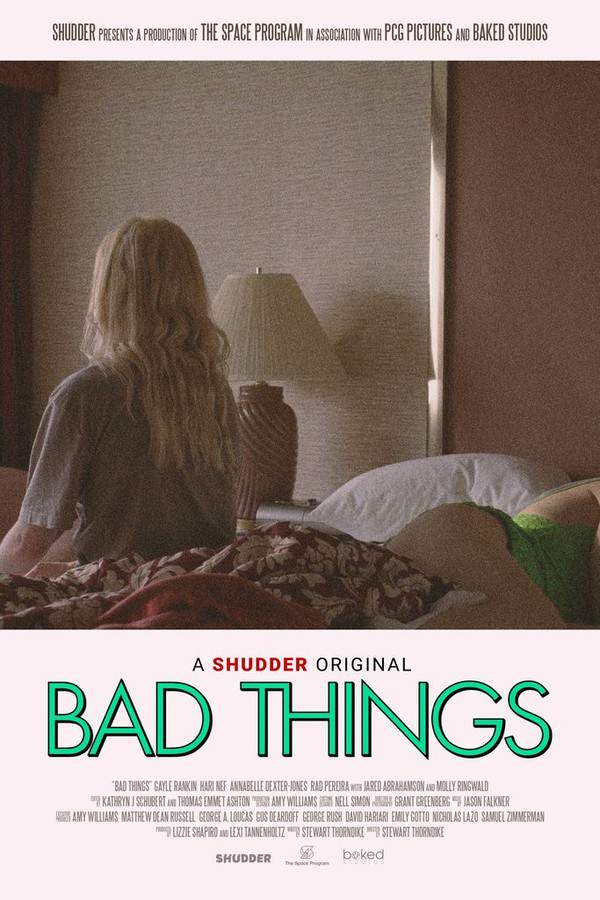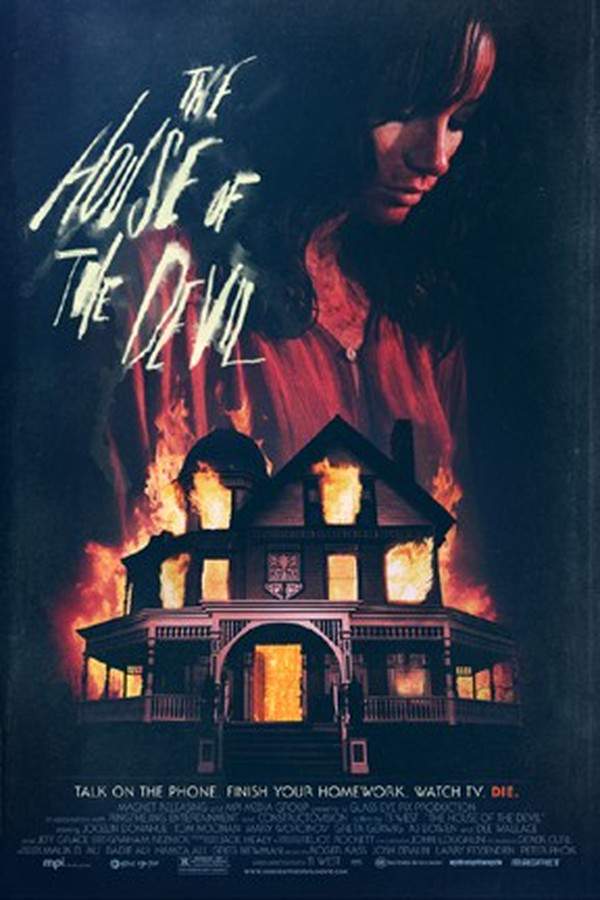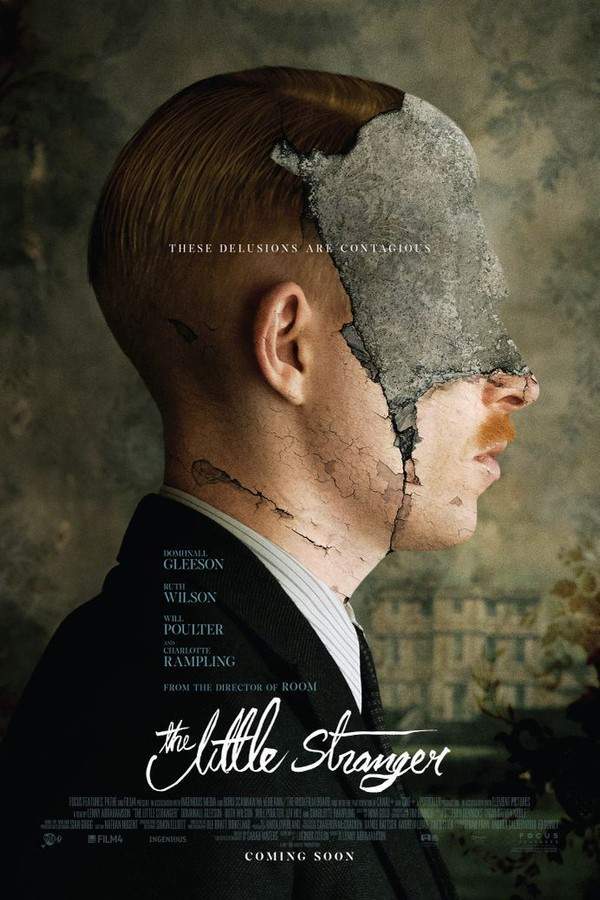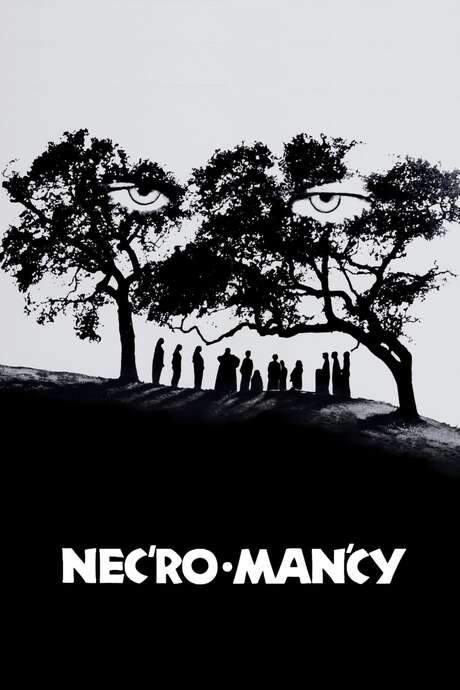
Arrebato
Year: 2014
Runtime: 91 mins
Language: Spanish
Director: Sandra Gugliotta
Luis Vega, writer and literature professor is accused of murder following the publication of his novel “Arrebato” which recounts in detail a crime happened in real life.
Warning: spoilers below!
Haven’t seen Arrebato yet? This summary contains major spoilers. Bookmark the page, watch the movie, and come back for the full breakdown. If you're ready, scroll on and relive the story!
Arrebato (2014) – Full Plot Summary & Ending Explained
Read the complete plot breakdown of Arrebato (2014), including all key story events, major twists, and the ending explained in detail. Discover what really happened—and what it all means.
José Sirgado is a frustrated horror-film director and a heroin addict who exists in a tense, toxic relationship with Ana Turner. The story unfolds when Pedro, the cousin of José’s former partner Marta, unexpectedly sends him a reel of film, an audio cassette, and the key to Pedro’s apartment—despite the pair having met only twice before. As José and Ana listen, the audio cassette reveals a narration of those two previous encounters, which are then shown in flashback.
In the first encounter, José and Marta visit the family’s home to scout it as a potential filming location. Pedro, an obsessive maker of homemade films, shares a joint moment with José as they discuss time-lapse photography. He shows his personal home movies, films he has never let anyone else see, and later, José even mails Pedro an interval timer that would control a camera’s shutter to shoot at set intervals. The scene builds a sense of curiosity and creeping fixation, as Pedro’s passion for captured time begins to overlap with José’s own ambitions and addictions.
The second encounter centers on a return visit with Ana, during which Pedro gives Ana a Betty Boop doll that apparently belonged to her as a child. This small, intimate gift becomes a haunting prop within the growing mystery of Pedro’s films. Later, as José and Ana recall this visit, they decide to watch the mysterious reel of film while listening to the accompanying audio cassette, inching toward a revelation about Pedro’s life after receiving the interval timer.
On the tape, Pedro details a unsettling transformation. He narrates that one night after sleeping, his camera begins to film by itself. When he develops the footage, he discovers a single red frame where the image of him sleeping has vanished. The red frames multiply, and Pedro soon experiences a withdrawal-like need if the camera stops filming while he sleeps. Each awakening after filming brings a renewed sense of vitality and a feeling of being “enraptured,” as if whatever occurs in the red portions is responsible for that strange euphoria. Struck by this growing mystery, he asks his cousin Marta to watch him as he sleeps. In a chilling moment of the tape, as Marta watches, the camera pivots to face her, and she disappears from the frame. With only one frame left before the entire reel becomes red, the tension intensifies.
Pedro then sends the film, his explicit instructions, and the apartment key to José, urging him to come over and develop the final segment. José arrives to an empty apartment, and discovers the final film is entirely red except for a single frame showing Pedro’s face. The image begins to move, with Pedro gesturing toward the bed in a sly, almost conspiratorial smile, implying that José should allow the camera to film him as he sleeps as well. The frame blurs and shifts, eventually revealing José’s own face performing the same gesture. In the concluding sequence, José lies down on Pedro’s bed, stepping into the same ritual of sleep-filmed rapture that Pedro had pursued, leaving the audience with a chilling sense of how far obsession and withdrawal can drive someone when the lure of the red, captured moment becomes irresistible.
Last Updated: October 03, 2025 at 10:35
Explore Movie Threads
Discover curated groups of movies connected by mood, themes, and story style. Browse collections built around emotion, atmosphere, and narrative focus to easily find films that match what you feel like watching right now.
Movies about dangerous artistic obsession like Arrebato
Stories where the creative process becomes a dangerously all-consuming addiction.If you were fascinated by the toxic relationship between art and reality in Arrebato, explore more movies like it. These films feature artists, writers, and filmmakers whose work becomes an addictive and destructive force, leading to psychological horror and unsettling transformations.
Narrative Summary
Narratives often follow a creator who becomes entangled in their own work, leading to a breakdown of boundaries between life and art. The journey is typically a downward spiral into obsession, paranoia, and a supernatural or psychological transformation, often told through complex structures like metafiction or stories-within-stories.
Why These Movies?
These films are grouped by their shared focus on the terrifying potential of creativity. They share a dark tone, heavy emotional weight, and a complex narrative approach to explore how art can mirror, distort, or even consume reality, creating a deeply unsettling and thought-provoking experience.
Slow burn supernatural horror movies like Arrebato
Uneasy stories where a mysterious, uncanny force gradually invades reality.For viewers who appreciated the uncanny, hypnotic horror in Arrebato, this list curates similar movies with a slow build of supernatural dread. These films use a deliberate pace to create a claustrophobic and paranoid atmosphere, focusing on psychological transformation over explicit scares.
Narrative Summary
The narrative pattern involves characters encountering a force they cannot fully comprehend, which slowly transforms their perception and reality. The story unfolds methodically, emphasizing mood and psychological unease over fast-paced action, often leading to an ambiguous or cyclical conclusion that suggests the force is inescapable.
Why These Movies?
These films are united by their methodical pacing and focus on a subtle, pervasive supernatural threat. They prioritize atmosphere, psychological horror, and a feeling of existential dread, creating a similarly hypnotic and anxious viewer experience centered on the uncanny and the unknown.
Unlock the Full Story of Arrebato
Don't stop at just watching — explore Arrebato in full detail. From the complete plot summary and scene-by-scene timeline to character breakdowns, thematic analysis, and a deep dive into the ending — every page helps you truly understand what Arrebato is all about. Plus, discover what's next after the movie.
Arrebato Timeline
Track the full timeline of Arrebato with every major event arranged chronologically. Perfect for decoding non-linear storytelling, flashbacks, or parallel narratives with a clear scene-by-scene breakdown.

Characters, Settings & Themes in Arrebato
Discover the characters, locations, and core themes that shape Arrebato. Get insights into symbolic elements, setting significance, and deeper narrative meaning — ideal for thematic analysis and movie breakdowns.

Arrebato Spoiler-Free Summary
Get a quick, spoiler-free overview of Arrebato that covers the main plot points and key details without revealing any major twists or spoilers. Perfect for those who want to know what to expect before diving in.

More About Arrebato
Visit What's After the Movie to explore more about Arrebato: box office results, cast and crew info, production details, post-credit scenes, and external links — all in one place for movie fans and researchers.


